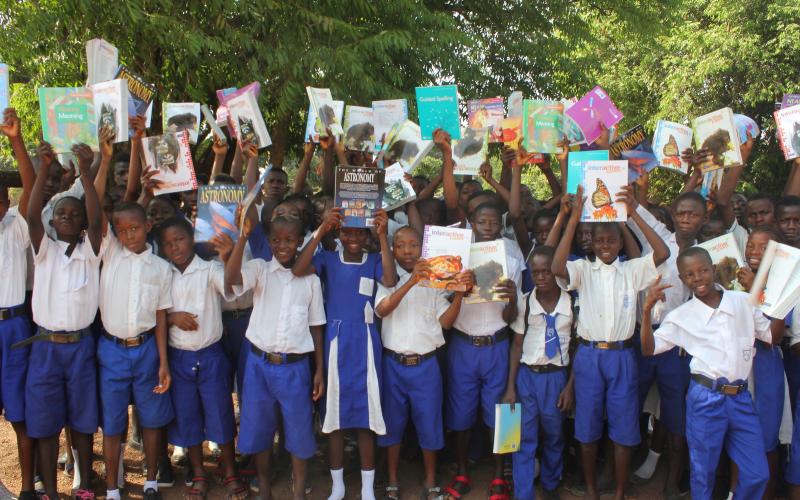
It is easy to see images of impoverished children from across the globe and feel helpless or unaware that there is anything you personally can do to help them. Regions like Sub-Saharan Africa tend to seem out of reach to an ordinary person – perhaps it's not a place that you would ever travel to, maybe you don't know much about any of the countries or the people that live there, but it does not take a wealth of knowledge to understand that there are many improvements that should be and need to be made in the lives of the adults and children who spend their lives there. One way to bridge the gap and offer support to those kids and families is through a program of child sponsorship.
The details vary depending on the specific program in question, but all tend to have the same basic set of tenants. A person donates a certain amount of money each month that is then sent to a child in a country of need. For example, someone may donate $30 a month that will be given to a child in Rwanda or Tanzania. That money is then split between necessities. It may be used to cover school fees, books, school supplies, and other education-related expenses. Health costs are also factored in: vaccinations, medications, check-ups, vitamins, and anything else that is necessary for a growing child to stay healthy. There is food and water to be considered, clothing and shoes, and an endless list of small things that most people would not think twice about.
All of those ads on television that tell you “for only a dollar a day, you can do...” with a list similar to those things mentioned in the previous paragraph are not exaggerating. That small amount of money can make a world of difference for a child whose parents cannot afford to keep them in school or who do have the means of giving them clean water to drink. It is a way of connecting with someone who may be on the other side of the world but still needs your help. Most child sponsorship programs keep the sponsors updated on the children that are receiving their money. Photographs, letters, and any number of other things may be exchanged to keep the sponsors updated.
The children who are direct recipients of the money are far from the only ones who benefit from it. Studies have shown that girls who receive more education, especially health-related education, are able to better care for their old children down the road. There is a direct link between keeping girls in school and a lower child mortality rate. Improved health and increased education enable those children to bring in more money than their parents or grandparents were able, and that support may be spread throughout the entire family. The quality of life is improved exponentially for those children and those around them. Higher incomes and better jobs lead to improved communities. The benefits of child sponsorship can be seen across the board.
The frequency of these sponsorship programs continues to increase, and there is an obvious reason why: They work. The programs provide a real link between those who are able to help and those who need the help. With child sponsorship, improving the life of one child usually means improving the lives of many others.

